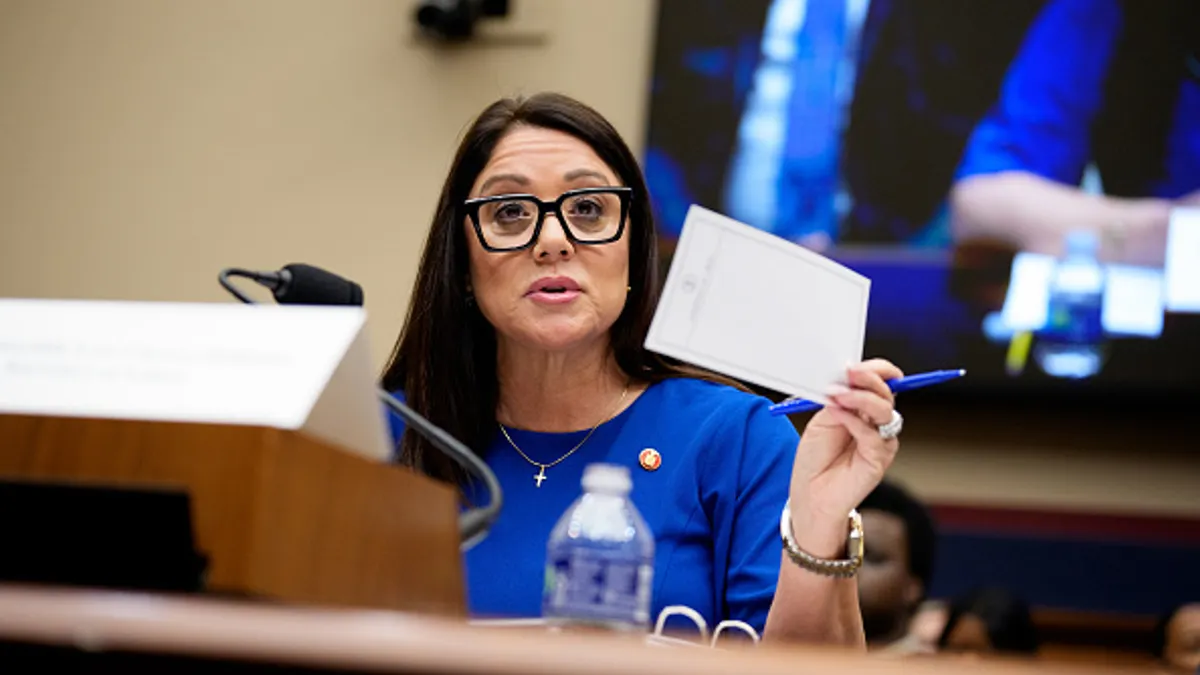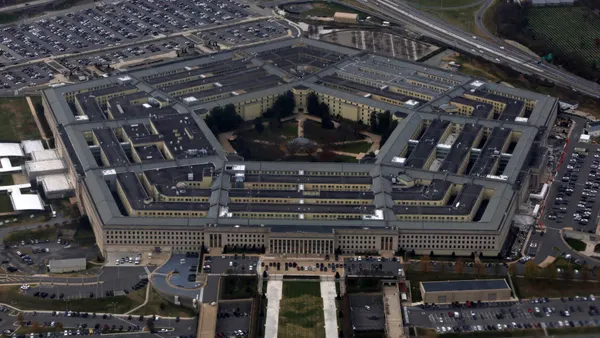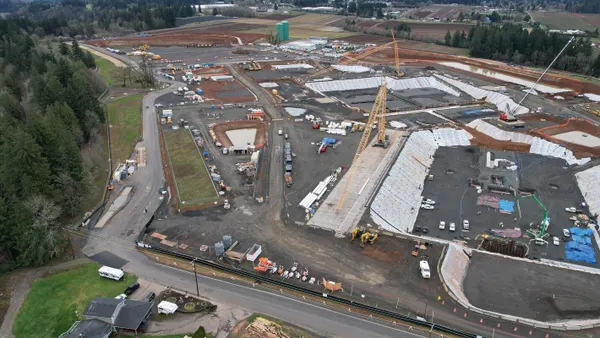Dive Brief:
- Massachusetts Department of Transportation (MassDOT) officials said this week that it will cost $1 billion to replace the Massachusetts Turnpike viaduct along Interstate 90, according to The Republican. The segment runs through Boston and along the Charles River.
- Although transportation officials said the elevated roadway did not pose a safety risk, reinforcing steel is visible on the columns supporting the viaduct and its barriers are crumbling. Maintenance on the structurally deficient viaduct costs $800,000 a year, with inspection crews checking the span every six months instead of the usual two years.
- The replacement would include new I-90 exits, commuter rail layover space and a new rail stop, and pedestrian and bike areas. Those upgrades are expected to be complete by 2025, though there is no concrete plan for the design or funding in place yet. If the viaduct isn't replaced, heavy trucks could be prohibited from traveling along that route.
Dive Insight:
Calls for the viaduct's replacement come at a time when state and municipal leaders across the country are pushing forward with plans to revitalize their crumbling infrastructure. The American Society of Civil Engineers last reported that it would take $4.6 trillion to make all the necessary repairs or replacements to U.S. infrastructure by 2025. The American Road and Transportation Builders Association has said that it would take as much as much as $700 billion just to take care of the country's structurally deficient bridges.
Many in the industry were energized by President Donald Trump's proposal for a $1 trillion program of infrastructure work, at least 80% of which was to be paid for through private investment in public-private partnerships (P3s). Companies like AECOM responded by upping their employment and rolling out a new federal contracting division to position itself as a leader in the next generation of infrastructure.
The White House's 2018 budget request featured increases to financing tools like tax-exempt private activity bonds (PABs) to make infrastructure investments more attractive to the private sector. However, in late September, the president made walked back those plans to House Democrats. Trump, formerly a champion of P3s, said they were "more trouble than they were worth," noting that the private sector would not play a major role in his infrastructure plan.
The president's latest perspective on financing also seems to have trickled down to the House's GOP contingent. House Republicans proposed a tax bill earlier this month that removed the tax-exempt status from PABs, claiming that it would save the federal government around $40 billion a year in lost tax revenue. The Senate, however, has come out with its own tax bill, that would keep PABs as is.












